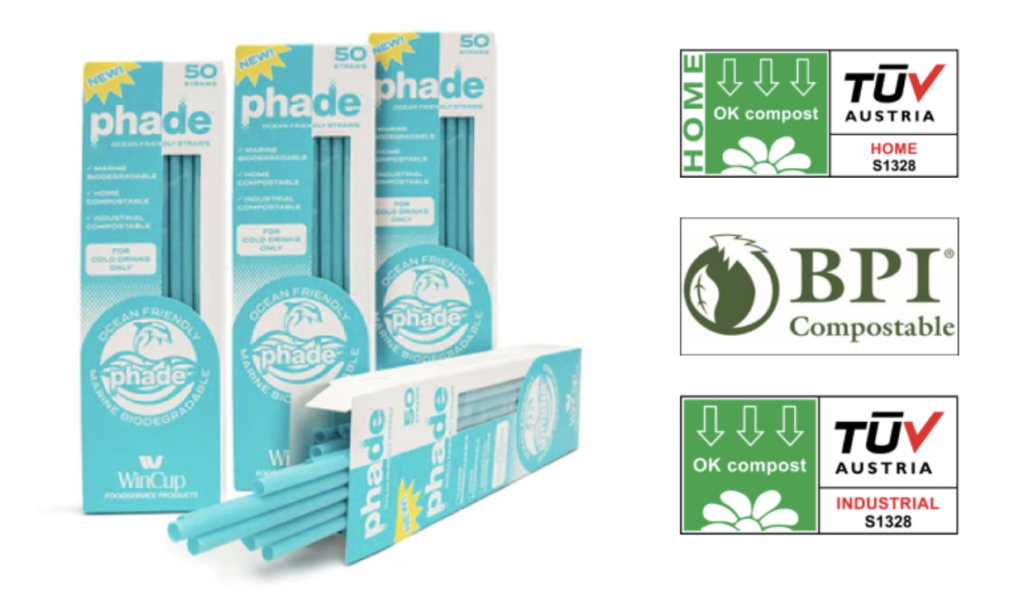What’s Your Waste Made Of?: The Difference Between Marine Biodegradable & Biodegradable
Not all waste is created equal – a fact that should come as no surprise. One look at the contents of your garbage bin and you’ll likely find everything from the totally organic (think: banana peels or coffee grounds) to the downright toxic (like petroleum-based plastics or cleaning solvents). But the statement holds true even for waste that one might assume would fall into the same category.
Take recyclables, for instance. If a piece of plastic has the ubiquitous three-arrow symbol, it’s recyclable, right? It’s a common assumption – and one that’s not unfounded due to the rampant greenwashing practices of major plastic-producing corporations. For years, we’ve been led to believe that all our diligent sorting and separating of recyclables from the rest of our rubbish would be rewarded with a cleaner planet and, in turn, conscience. You’ve done your part, right? It’s not going to the landfill this time. Unfortunately, that doesn’t seem to be the case, especially with plastics.
The vast majority of plastic isn’t recycled at all. In fact, of all the plastic to have ever been produced, only 9% has been properly recycled. The truth is most recycling facilities aren’t equipped to collect and sort all types of plastic, resulting in, well, virtually none of it being reprocessed.
The misconceptions about planet-friendly materials don’t stop there, however. Biodegradables can be similarly misleading.
Biodegradable is defined by Merriam-Webster as “capable of being broken down especially into innocuous products by the action of living things (such as microorganisms).”
The problem? Many bio-based and biodegradable plastic alternatives still contain many of the harmful chemicals found in traditional plastics that can’t be as easily consumed by bacteria. According to a report from UNEP, studies show that some bioplastics can last for several years in natural environments despite their biodegradable label. This includes in marine environments where toxic additives can leach from plastic debris and pollute our waterways.
Can we really consider that “going away”? How can we ensure the products we use and dispose of have the planet-friendly end of life we’re promised?
The answer: Certifications.

With science-based certifications, consumers can guarantee an unbiased third party has tested and confirmed a product’s claims to be made of a recyclable, compostable, biodegradable or [insert adjective here] material.
TÜV Austria, an internationally recognized technical inspection company, is one such organization that tests and certifies a product’s makeup for its ability to break down in a variety of environments. For example, the resin used to make phade is a material made up of a biopolymer called polyhydroxyalkanoate (PHA). The PHA-based resin has earned the TÜV OK biodegradable MARINE certification by proving it can break down into pieces smaller than 2mm in three months and completely disintegrate in less than six months when in a marine environment, effectively leaving nothing behind that could prove harmful to wildlife or our oceans’ health. It’s only when distinctions like this are earned that we can ensure bioplastics and other alternatives aren’t causing the damage to our planet that traditional plastics have for centuries.
When it comes to certifications, phade is setting the standard. The groundbreaking material we use to create our straws and stirrers has been certified by numerous organizations to be marine biodegradable and both home and industrial compostable – a guarantee that can give businesses and consumers the peace of mind that can only come with knowing that the products they use will go away just as advertised, no strings (or hidden chemicals) attached.